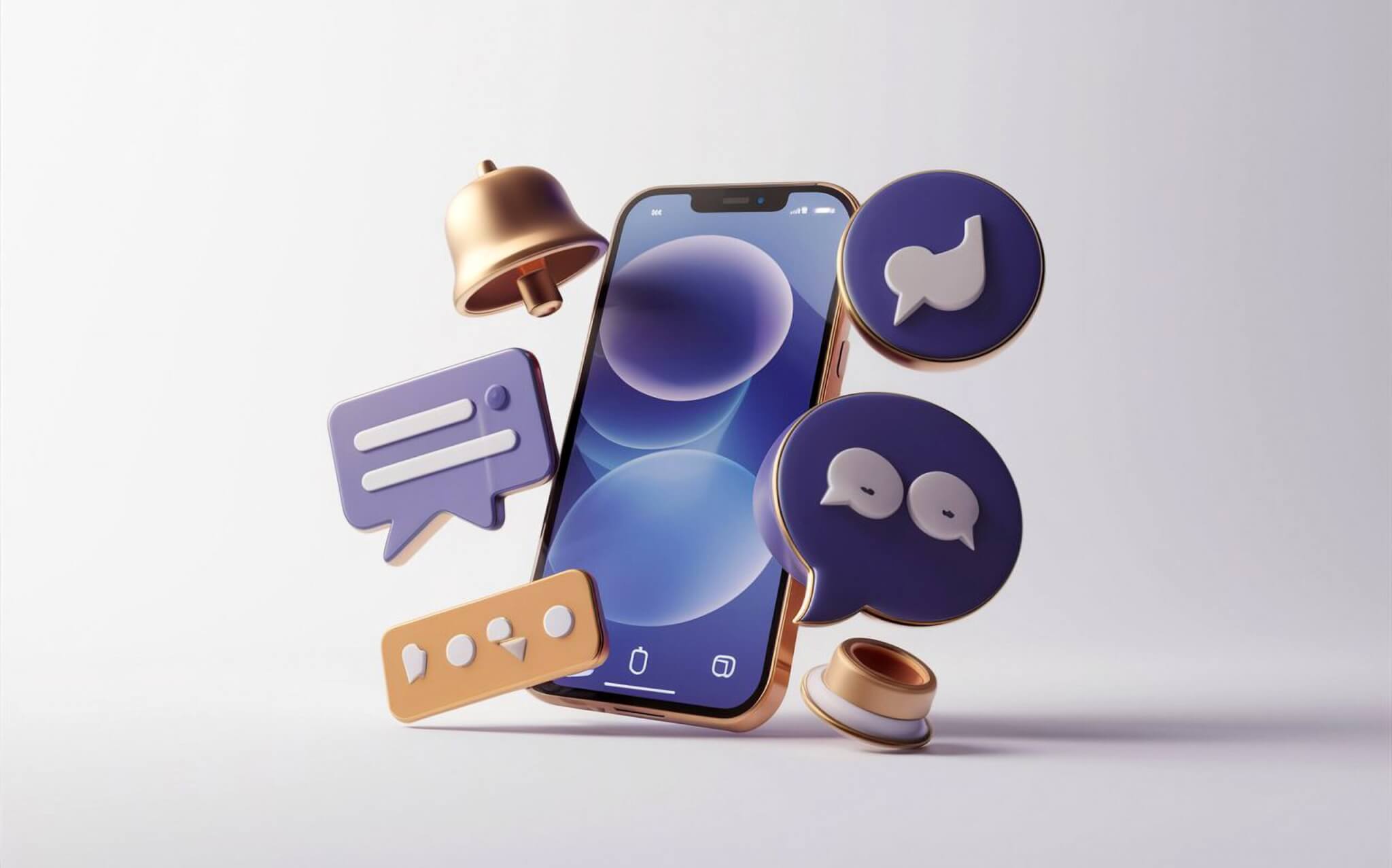
In today’s fast-paced digital landscape, crafting media messages that resonate with your audience is more critical than ever. As a PR agency specializing in brand-building strategies, at Tilson PR, we have learned that impactful media messages can shape perceptions, drive engagement, and achieve measurable results. Here, we share our top 10 tips to create media messages that deliver the impact your brand deserves.
1. Know Your Audience Inside Out
The foundation of any effective media message is a deep understanding of your target audience. Conduct thorough research to uncover your audience’s demographics, preferences, pain points, and behavior. Tailor your message to address their specific needs and interests, ensuring your brand speaks directly to them.
Example: For a health-conscious millennial audience, emphasize wellness, sustainability, and convenience in your messaging.
Pro Tip: Use tools like Google Analytics, social media insights, and customer surveys to refine your audience profiles.
To learn more about how to retain your core audience while growing or remodelling your brand, give this a read!
2. Define Clear Objectives
Before crafting your message, identify the objectives you aim to achieve. Whether it’s increasing brand awareness, promoting a product launch, or managing a crisis, your objective will shape the tone, content, and delivery of your media message.
Example: For a new product launch, focus on highlighting unique selling points and creating buzz with an exciting tone.
Pro Tip: Align your media message with your overall marketing and PR strategy for consistency.
3. Craft a Compelling Headline
Your headline is the first thing your audience will see, so make it count. A compelling headline grabs attention and sparks curiosity while clearly conveying the main message.
Example: Instead of “New Skincare Product Available,” try “Revolutionize Your Routine: Meet the Game-Changing Skincare Product.”
Pro Tip: Keep headlines concise and include action words or emotional triggers to boost engagement.
4. Incorporate Data and Facts

Statistics, facts, and figures lend credibility to your message. They provide evidence that supports your claims, making your message more persuasive and impactful.
Example: “85% of our customers reported improved productivity after using our software.”
Pro Tip: Visualize data with infographics or charts to make it more digestible and shareable.
5. Focus on the WIIFM Factor
(WIIFM = What’s In It For Me?) Your audience needs to see how your message benefits them. Highlight the value and outcomes they can expect, making it clear why they should care.
Example: Instead of “Our App Offers Grocery Delivery,” say “Save Time and Eat Fresh with Our Same-Day Grocery Delivery App.”
Pro Tip: Use benefit-driven language and avoid overly promotional jargon.
6. Leverage Storytelling
Stories captivate and connect on a deeper emotional level. Incorporate real-life anecdotes, testimonials, or case studies to make your message relatable and memorable.
Example: Share a success story of a customer who achieved their goals using your product or service.
Pro Tip: Use storytelling to humanize your brand and establish trust.
7. Optimize for SEO
To ensure your media message reaches the right audience, optimize it for search engines. Identify and include relevant keywords naturally throughout your content without overstuffing.
Example: If your message is about eco-friendly products, use keywords like “green living,” “sustainable solutions,” and “eco-conscious choices.”
Pro Tip: Use tools like SEMrush or Ahrefs to find high-performing keywords.
8. Use Strong Call-to-Actions (CTAs)

An impactful media message motivates your audience to take action. Include clear and compelling CTAs that guide them toward the desired next step.
Example: “Download our free guide to get started today” or “Sign up now to unlock exclusive benefits.”
Pro Tip: Place your CTAs strategically within your message for maximum visibility.
9. Adapt for Different Channels
Every media channel has its unique nuances. Tailor your message to fit the format and tone of each platform, whether it’s a press release, social media post, blog, or email.
Example: Use a professional tone for press releases and a conversational tone for social media.
Pro Tip: Repurpose content creatively to maintain consistency across channels while maximizing reach.
10. Test and Refine
Even the best-crafted media messages can benefit from testing and refinement. Use A/B testing to compare different versions of your message and analyze performance metrics to identify areas for improvement.
Example: Test different headlines or CTAs to determine which drives more clicks and conversions.
Pro Tip: Gather feedback from your audience and team to continuously refine your messaging strategy.
Crafting impactful media messages is both an art and a science. By understanding your audience, defining clear objectives, leveraging storytelling, and optimizing for SEO, you can create messages that resonate and drive results. At Tilson PR, we specialize in helping brands amplify their voice and achieve their goals through strategic and effective media messaging.
Ready to take your media messaging to the next level? Contact Tilson PR here to learn how we can help your brand stand out.